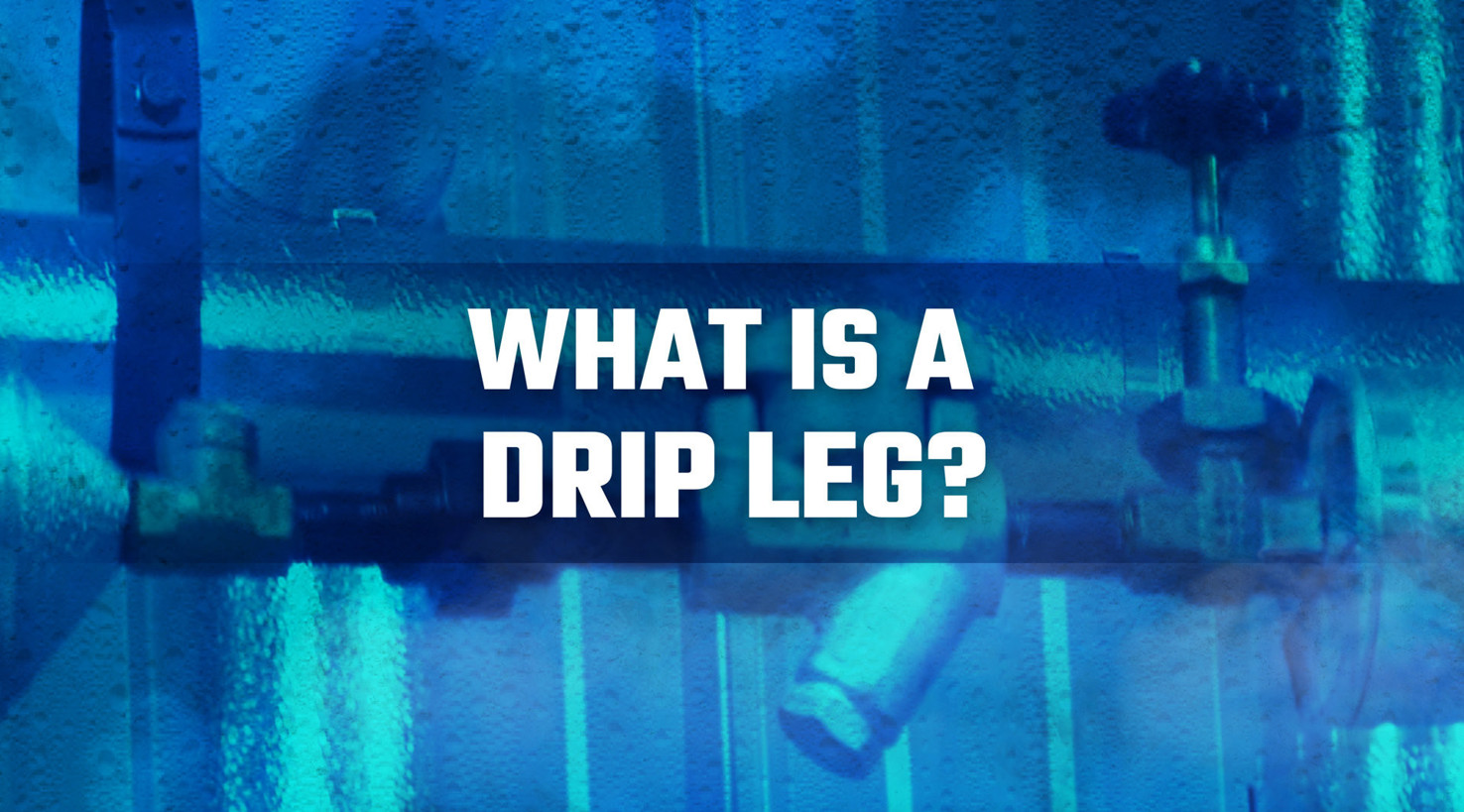Take a guess. What’s your first line of defense against condensate in your boiler system? Believe it or not, it’s the humble drip leg. A gravity-powered condensate elimination machine that you’ve probably walked past a thousand times without noticing. But it’s a pretty important piece of any boiler system, as you are about to find out.
Steam is Good. Water is Bad.
There’s no such thing as a perfect system, though ours come close. As steam travels through your pipes, it’s going to condense at some point. That condensate not only robs performance from your system, it can also cause contamination and quality control issues if it makes it all the way through the steam circuit. Drip legs help remove this condensate based on the simple fact that condensate is heavier than steam, and will tend to collect along the lowest point in your system.
Hanging Out All Over
There are several places where you may find drip legs in your system. The first place is at the point where the steam reaches its destination. As it enters your process, the steam is at the lowest temperature in its journey. Because it passes through a drip leg, the water will drop down away from the steam, and not enter your process.
Another place you might notice drip legs are on each end of the headers of your steam distribution network. As the steam is routed to different parts of your process, it may experience a change in velocity. Without drip legs on the ends of the header, that condensate would eventually make its way into the pipes feeding your points of use.
You’ll also find drip legs at any point in your system that the steam enters a pressure reducing valve. At this point in the system, the steam is not only slowing down, it’s losing pressure. Those are ideal conditions for condensate to form. Which is why it’s also a crucial place to mount a drip leg.
Going Up
It’s also important to mount drip legs at any point in your system where the steam pipe increases in elevation. If you have a steam pipe that branches upward, that juncture is now a low point in that section of the steam circuit. Condensate will naturally collect there, which is why a drip leg is so important.
Trapped
As you can imagine, after your boiler system has been operating for any length of time, condensate will start to pool up in the drip leg. It can’t just stay there. Fortunately, drip legs have trap valves attached to them that will take care of that.
To sum it up, any point in your system where the steam loses pressure, velocity, or heat is a place you want to have a drip leg. No matter where your drip legs are mounted, it’s best to install them using the same diameter of pipe as the pipe carrying the steam. The full diameter gives the condensate enough area to settle in the drip leg instead of skipping over a smaller diameter.
If you need drip legs installed, or need any kind of service, maintenance, or new equipment installation, the experts at WARE are standing by to help. We have the expertise to make your boiler system work at its best, so you get the most out of it. Contact us today.
